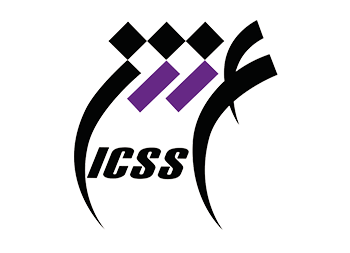Risk, uncertainty and consciousness during decision making – By Mehdi Naghikhani

In everyday life, we constantly make decisions and judgments, which sometimes are accompanied by risk and uncertainty. When individuals make decisions, their rationality is limited in terms of difficulty of the task at hand, the cognitive capability, and the available time.
In this study, the main question was about, under risk and uncertainty situations, whether all investors use consciousness mode during decision making? This is especially important , considering that a significant proportion of cognitive processing is automatic or habitually rather than being controlled and conscious. Accordingly, as the main aim, the current study examined the hypothesis that stock market decision-makers use a dual cognitive system of habit – thought in the stock market. Results indicated that habit-thought cognitive switching and stability-flexibility trade-off improve decision-making process in the stock market. In addition, effective decision-making under risk and uncertainty in the stock market requires a continuous cognitive fluctuation between the two modes of automatic information processing (habit) and conscious thinking. According to the findings of this study, switching time between cognitive modes has a positive effect on decision output, in other words, an efficient cognitive shift between habit and thinking leads to better decision output in the stock market. So, it doesn’t need to be consciously in investment and in stable conditions, habitual decision-making process leads to better outcomes in decision making.
Also, the study approved that understanding descriptive information of stock companies such as risk assessment, charts, and statistical tables can positively affect cognitive switching and decision-making outcome. By increasing the ability to understand descriptive information, such as risk-assessment and statistical literacy, investors can improve cognitive switching process between habit – thought modes and decision-making outcomes in the stock market. These findings have implications for the stock exchange organization and investors.
Recommended Posts

How to reduce new-learning problems in MS patients – By Shabnam Nouri
4 / October / 2022

